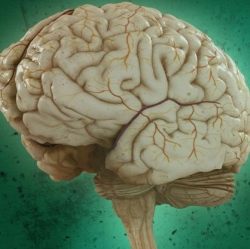
Toxic chemicals may be triggering the recent increases in neurodevelopmental disabilities among children, such as autism, attention-deficit hyperactivity disorder, and dyslexia, according to a new study. The researchers say a new global prevention strategy to control the use of these substances is urgently needed.
“The greatest concern is the large numbers of children who are affected by toxic damage to brain development in the absence of a formal diagnosis. They suffer reduced attention span, delayed development, and poor school performance. Industrial chemicals are now emerging as likely causes,” said Philippe Grandjean, adjunct professor of environmental health at HSPH.
The report follows up on a similar review conducted by the authors in 2006 that identified five industrial chemicals as “developmental neurotoxicants,” or chemicals that can cause brain deficits.
The new study offers updated findings about those chemicals and adds information on six newly recognized ones, including manganese, fluoride, chlorpyrifos and DDT (pesticides), tetrachloroethylene (a solvent), and the polybrominated diphenyl ethers (flame retardants).
